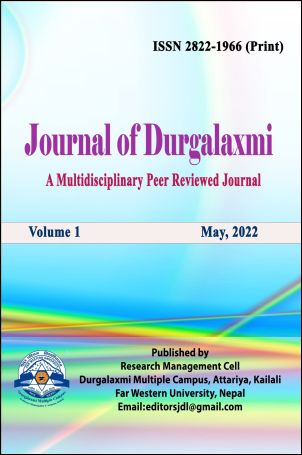Grading System at Secondary Education Examination in Nepal
DOI:
https://doi.org/10.3126/jdl.v1i1.57104Keywords:
Iron gate, letter grading system, SEE, strengths, weakness, evaluation, NepalAbstract
Education is one of the pivotal infrastructures among all infrastructures for the development of the nation. Skilled human resource is the key factor for national development which is possible for an effective and relevant education system in the country. The main objective of this paper is to carefully explore, explicitly overview and comprehensively evaluate the contemporary grading system and conventional examination systems practiced in Nepal. The SLC examination system was the barrier for most of the students prior to introducing the letter grading system (2015/016) in Nepal. The stress of the students has been reduced by taking the Secondary Education Examination (SEE), which provided students with an opportunity to pursue higher education. Secondary level education has been evaluated by school leaving certificate (SLC) result before 2015 A.D. in percentage system. Nepalese students should have to go to Calcatta, Bananas, Haridwar and some other places of India for their SLC examination before 1990 B.S. The SLC Board started conducting examinations in Nepal in 1990 B.S. This examination had been called "Iron Gate" (MOES, 2003). The grading system is an integral part of the educational system that helps to enhance the capacity and relevance of the required knowledge, skills, and experiences to students.
Downloads
Downloads
Published
How to Cite
Issue
Section
License
Copyright (c) 2022 Damber Bahadur Pal

This work is licensed under a Creative Commons Attribution-NonCommercial 4.0 International License.
CC BY-NC: This license allows reusers to distribute, remix, adapt, and build upon the material in any medium or format for noncommercial purposes only, and only so long as attribution is given to the creator.




